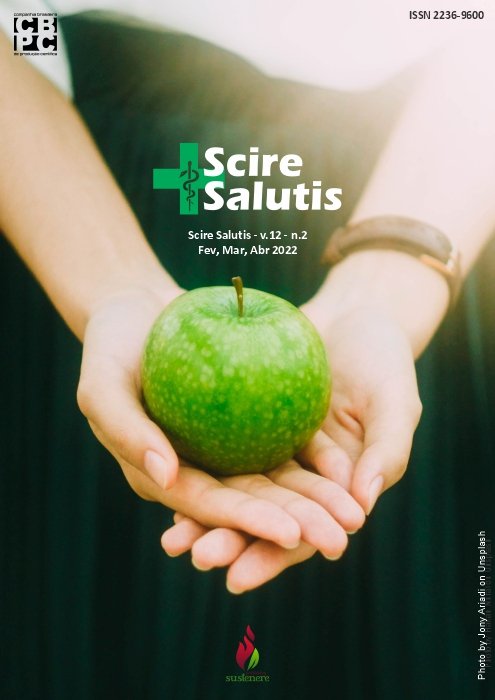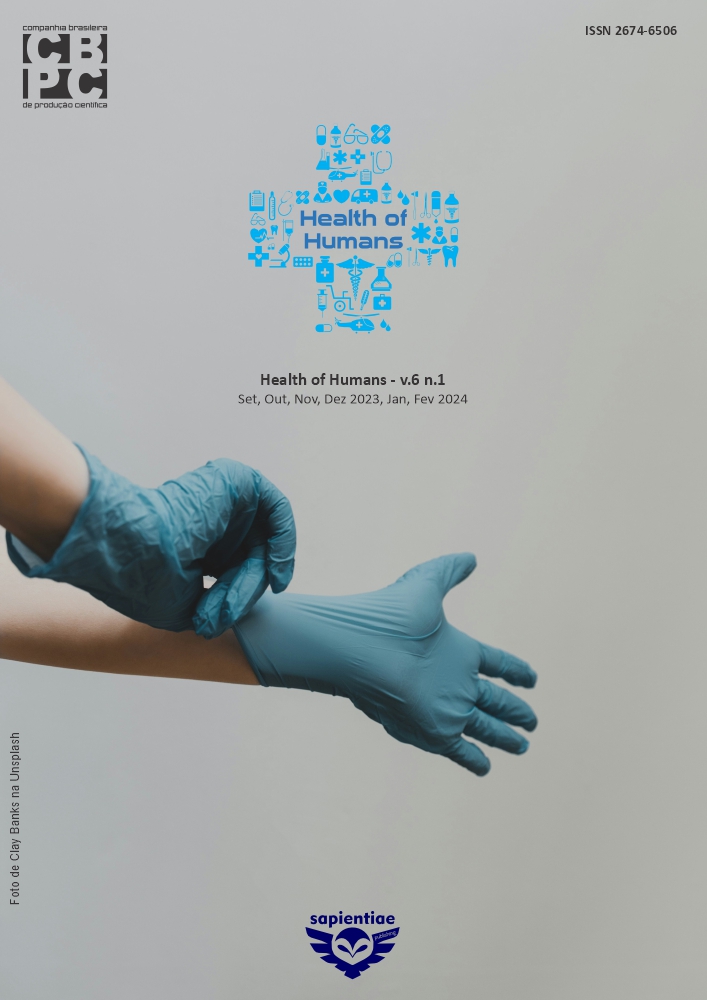Evaluation and characterization of insalubrity pro exposure to the noise of a worker in a plastic recovery company in the city of Caçador/SC
DOI:
https://doi.org/10.6008/CBPC2236-9600.2022.002.0040Keywords:
Noise, Unsanitary, Occupational hygieneAbstract
Hearing is considered one of the main senses of the human body, so it plays a fundamental role in the global development of the human being. Due to industrial development, more and more people are working in industries, operating machines, working together with them or just close to them, and one of the main characteristics of the machines is the high noise generated, thus leaving many industries with a high environmental noise and occupation in its industrial park. Thus, the present work aims to evaluate the occupational hygiene in the work environment of a plastic recycling company, through the analysis of noise emission and the calculation of insalubrity of an operator of the extrusion process. The present work was carried out in a company in the field of recovery of plastic waste in the city of Caçador/SC, to carry out the unsanitary calculations, the calculations of the dose of exposure to noise established NR-15 and NHO-01 were used. As a study, it can be observed that worker exposure to noise is significant, exceeding the guidance levels of NR-15 and NHO-0, characterizing the activity as unhealthy, requiring noise control and attenuation to improve the work environment. Thus, it is concluded that despite the excessive noise at unacceptable levels for the worker, the company seeks to improve the quality of the worker's activity, through the availability of Personal Protective Equipment (PPE), but measures must be adopted to minimize the interaction of the worker. occupational noise with the unit.
Downloads
Downloads
Published
Issue
Section
License
Copyright (c) 2022 Scire Salutis

This work is licensed under a Creative Commons Attribution-NonCommercial-NoDerivatives 4.0 International License.
The CBPC - Companhia Brasileira de Produção Científica (Brazil CNPJ: 11.221.422/0001-03) the material rights of the published works. The rights relate to the publication of the work anywhere in the world, including rights to renewals, expansions and dissemination of the contribution, as well as other subsidiary rights. All electronically published works may subsequently be published in printed collections under the coordination of this company and / or its partners. The authors preserve the copyright, but are not allowed to publish the contribution in another medium, printed or digital, in Portuguese or in translation.








